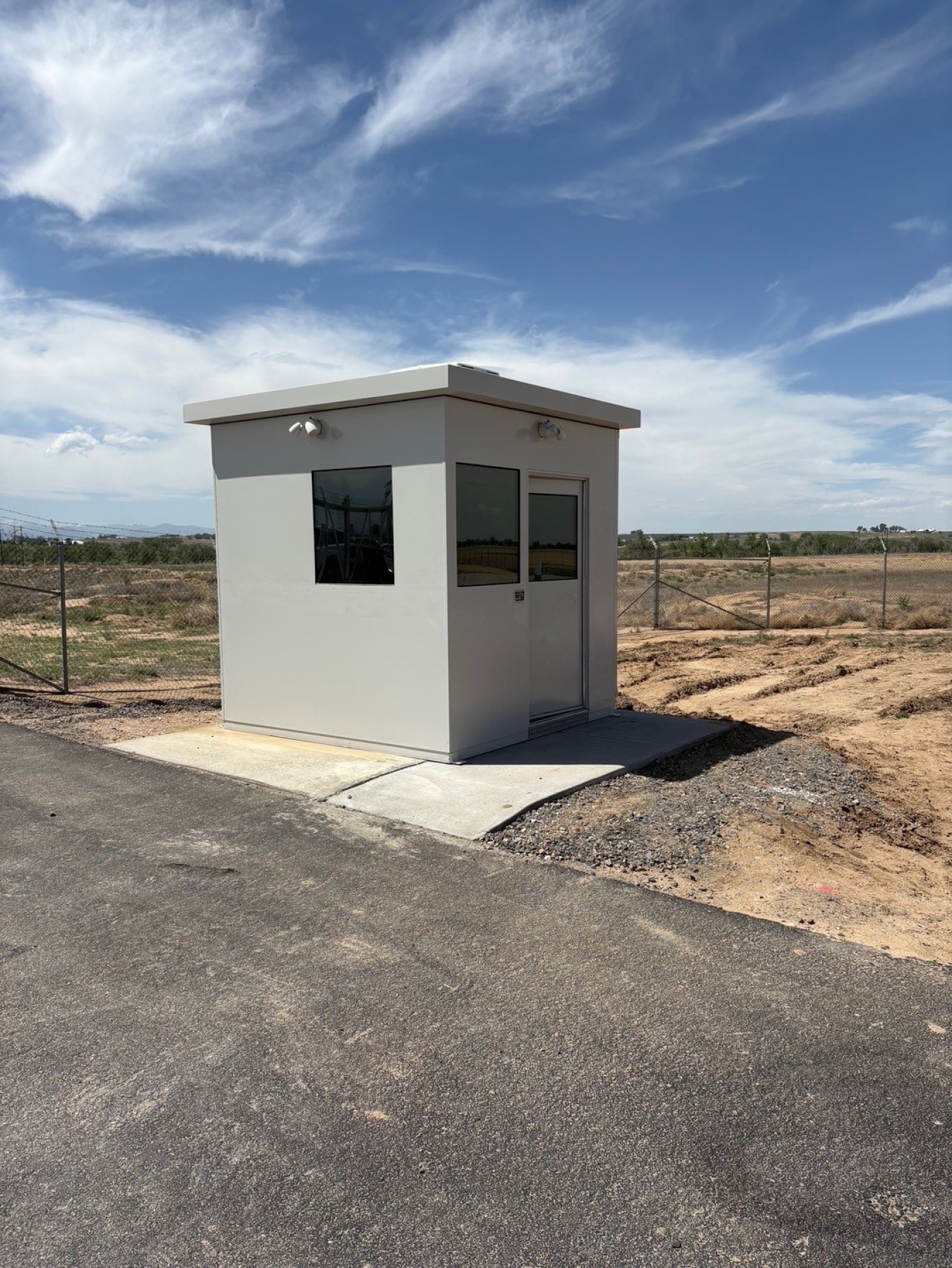The U.S. Department of Energy Office of Environmental Management Idaho Cleanup Project is modernizing operations and security at two spent nuclear fuel facilities licensed by the U.S. Nuclear Regulatory Commission. August 12, 2025
Office of Environmental Management
August 12, 2025A view of the Fort St. Vrain Independent Spent Fuel Storage Installation and power station in northern Colorado.
IDAHO FALLS, Idaho — The U.S. Department of Energy (DOE) Office of Environmental Management (EM) Idaho Cleanup Project (ICP) is modernizing operations and security at two spent nuclear fuel facilities licensed by the U.S. Nuclear Regulatory Commission.
The efforts to upgrade infrastructure at the two facilities is part of EM's work to address the legacy of the past while supporting national security. EM drives innovation and efficiency while leveraging the best of American industry to run the largest environmental cleanup program in the world, safely meeting DOE’s legal cleanup responsibilities to ensure American communities are safe and prosperous.
The first EM facility undergoing improvements, located at the Idaho National Laboratory (INL) Site, is the Independent Spent Fuel Storage Installation (ISFSI), where spent nuclear fuel debris from the 1979 Three Mile Island Unit 2 accident in Pennsylvania is stored.
The improvements, some of which are the first since the fuel and debris from the facility were moved to the Idaho Nuclear Technology and Engineering Center at the INL Site about 25 years ago, include repairs and sealing of the facility’s concrete base pad, application of a coating to repel water and preserve the facility’s horizontal concrete modules, procurement of a new scissor lift and guard railing to aid in inspections and repairs, and additional inspection and security improvements.
“Over time, the outdoor facility has experienced some aging effects, but with these and previous improvements, we are able to extend its useful life and keep it in compliance with Nuclear Regulatory Commission licensing requirements well into the future,” said Jeff Long, program manager for ICP contractor Idaho Environmental Coalition (IEC), which manages the two spent nuclear fuel facilities on behalf of EM.

Efforts to upgrade infrastructure at the Fort St. Vrain spent nuclear fuel facility in northern Colorado included construction of a new guard building.
IEC also manages the Fort St. Vrain (FSV) ISFSI located in northern Colorado. It was established following the shutdown and decommissioning of the Fort St. Vrain Generating Station, a gas-cooled reactor that operated from 1979 to 1989. The site has since been converted to a natural gas-powered generating station, but much of the spent nuclear fuel remains in temporary storage in the nearby ISFSI.
Long said crews have completed significant infrastructure upgrades at the FSV facility, including installation of backup power capabilities, a new guard shack installation, repairs to roads and grounds, updates to facility lighting and other systems, and improvements to security equipment.
“Despite FSV being located two states away, our responsibility to manage the spent nuclear fuel remains the same as for the Idaho ISFSI, which we see every day,” he said. “We not only have a responsibility to EM and the Nuclear Regulatory Commission, but to the state of Colorado as well.”
Since IEC took over management of the ICP in 2022, it has since integrated FSV with company processes, procedures and organizations. For example, IEC Emergency Management completed its second annual exercise at FSV in May that included local FSV staff, ICP Emergency Management personnel and local emergency response resources.
Long said these integration efforts have raised the standards and quality of the entire Nuclear Regulatory Commission-licensed facilities management program and associated processes as IEC draws from the expertise of experienced professionals for continuous improvements.
-Contributor: Erik Simpson
To receive the latest news and updates about the Office of Environmental Management, submit your e-mail address.

